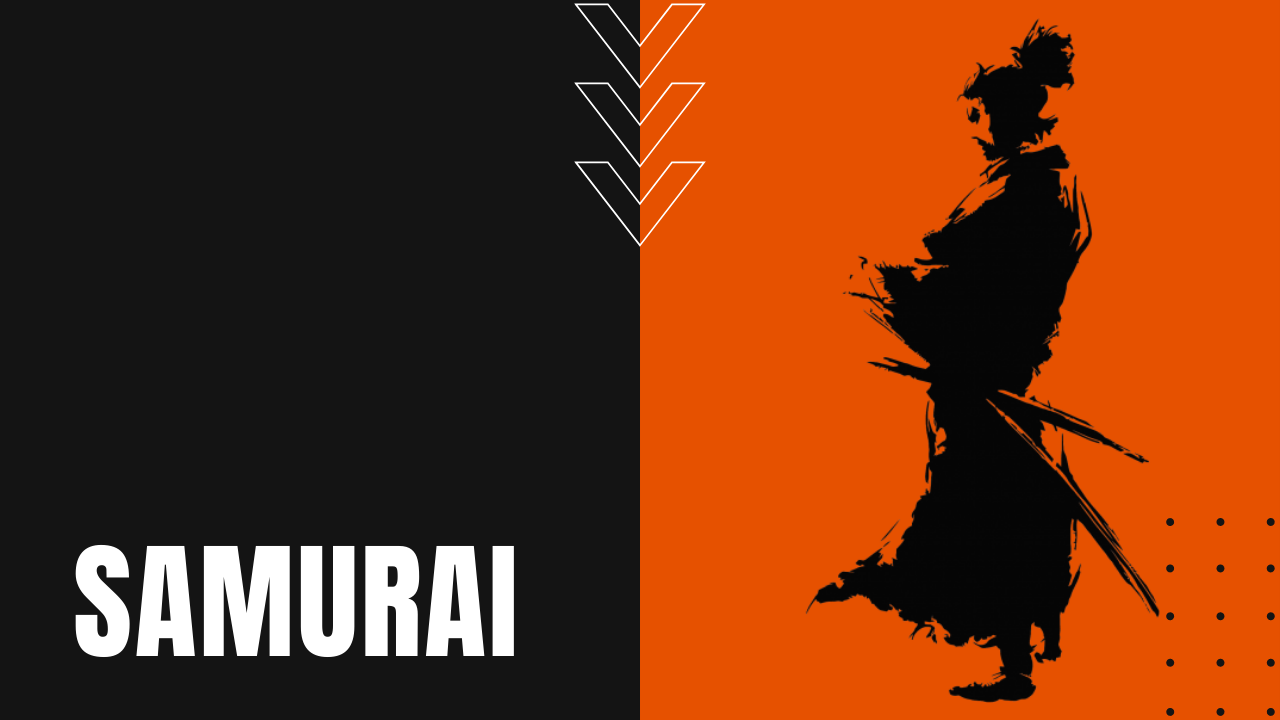Samurai History of Feudal Japan

During the Gempei War nearing the end of the Heian Period in feudal Japan, war between the Taira and Minamoto clans ended when one of the most famous samurai heroes in Japanese history, Minamoto Yoshitsune, defeated the Taira in 1185, leading to the creation of the Kamakura Shogunate, which shifted political power to the samurai.
Honor of the Samurai Sword
During their hay day from the 12th century until their abolition in 1876, the samurai were considered military nobility, earning great sums of money from the daimyo or great feudal landowners. Samurai were held in high prestige among average citizens while gaining special privileges such as wearing two swords in public, for Samurai believed that a man’s honor resided in his sword, which ultimately lifted the samurai sword into an art form unto itself.
Bushido Code
Samurai cultivated the bushido moral codes, which focused on a samurai’s attitude, behavior and lifestyle, including an emphasis on martial arts perfection and absolute fearlessness in the face of battle. The Bushido code further emphasized rectitude, courage, honor, honesty, loyalty, self-control, benevolence and mercy.
Weakened after defeating two Mongol invasion attempts at the end of the 13th century, the Ashikaga Shogunate rose to power in 1336, beginning two centuries of near-constant warfare between its feudal territorial clans and their samurai. Lacking any degree of centralized government, once the Ashikaga shoguns proved to be ineffective leaders, local lords and their samurai stepped in to maintain law and order.
By the 1870s, samurai comprised five percent of the Japanese population or 400,000 families with approximately 1.9 million members.
Samurai Abolished
They came under direct national jurisdiction in 1869, and of all the classes during the Meiji revolution that return an emperor to Japanese governance, the samurai became disenfranchised, when most Japanese moved past the obsolete institution of feudal shogunates.
The Meiji government gradually abolished all samurais, helping them to transition into professional business or vocational careers. The right to wear a sword in public was abolished soon after, along with the right to execute commoners who paid a samurai open disrespect. While the samurai’s bushido code is still widely followed by the Japanese today, the samurai of feudal Japan remain a proud yet largely forgotten aspect of Japanese heritage.
